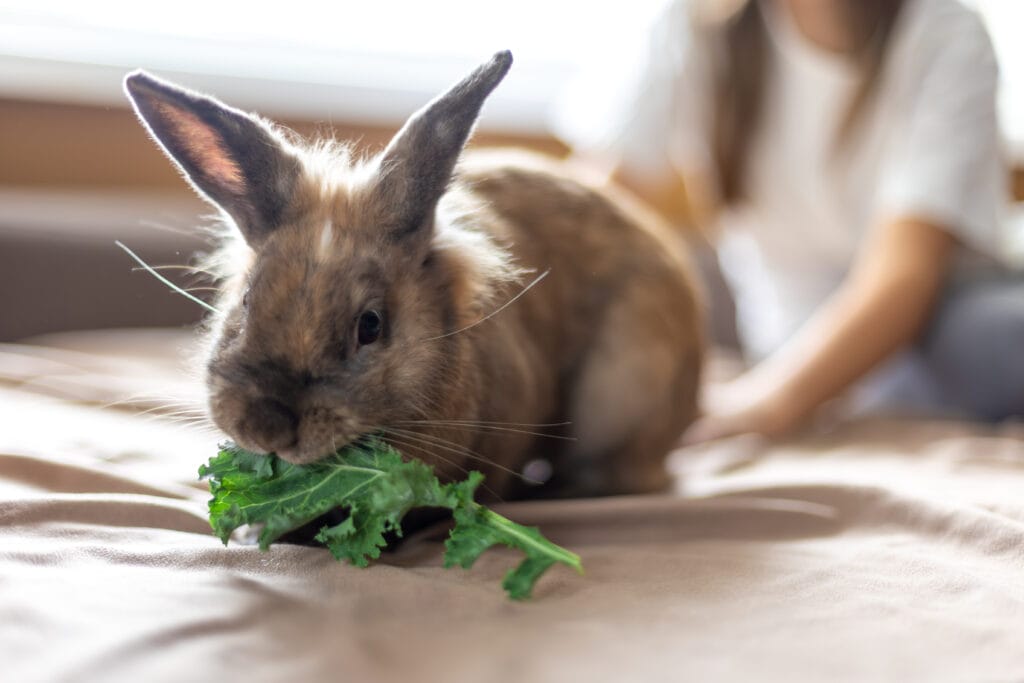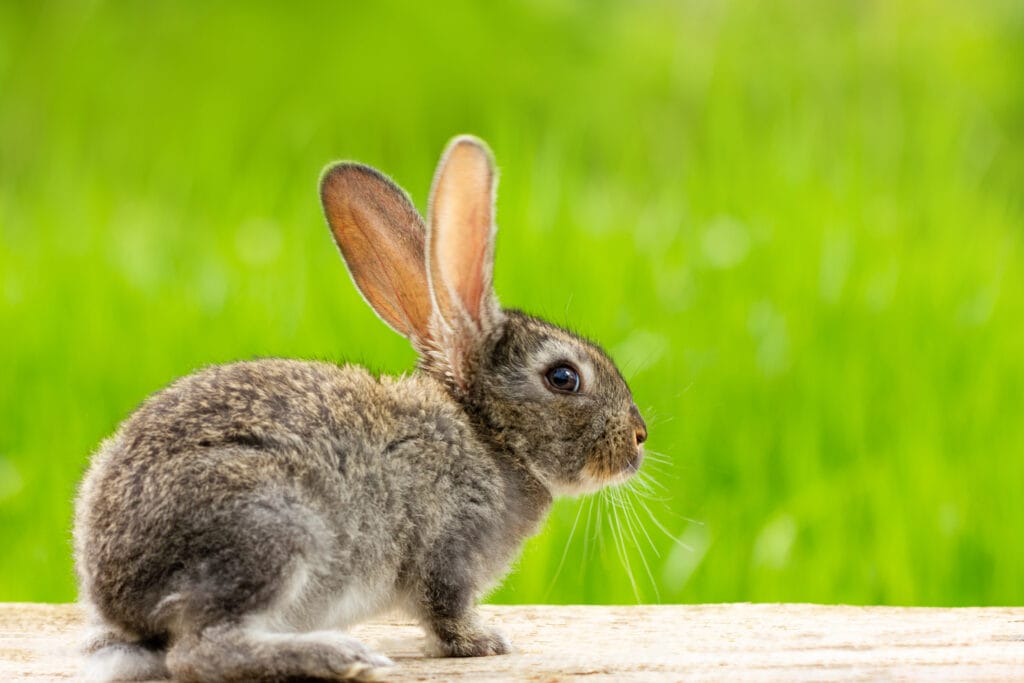Rabbits are known for their adorable, playful personalities, but sometimes they can be a little… naughty! Whether chewing on furniture, digging up your favorite plants, or running around causing chaos, a naughty rabbit can leave you frustrated and wondering what went wrong.
In this post, we’ll explore why your rabbit might be acting out, how to identify signs of naughty behavior, and practical tips to deal with your mischievous bunny positively and effectively.
Why Is My Rabbit Being Naughty?
Like any other pet, rabbits have their personalities, which sometimes means they engage in behavior that can be labeled as “naughty.” But before jumping to conclusions, it’s essential to understand the possible reasons behind your bunny’s actions.
1. Boredom
- Explanation: Rabbits are intelligent creatures that need stimulation. If they don’t have enough to do, they may resort to destructive behavior to entertain themselves.
- Signs of Boredom: Excessive chewing, digging, or constant running around without purpose.
- Solution: Provide toys, tunnels, and other enrichment activities to mentally and physically engage your bunny.
2. Lack of Proper Space
- Explanation: Rabbits are active and need space to hop around, stretch, and explore. If they feel confined to a small area, they may act out.
- Signs of Confined Space: Chewing on bars, constant pacing, or digging at the walls.
- Solution: Ensure your rabbit has a large enough space to move freely. A rabbit pen or an entire room with bunny-proofed areas is ideal.
3. Hunger or Thirst
- Explanation: Sometimes, naughty behavior can be attributed to basic needs like hunger or thirst. Rabbits are creatures of habit and may become frustrated if their food or water is unavailable at the correct times.
- Signs of Hunger/Thirst: Pawing at their food bowl, nudging their water bottle, or excessive begging.
- Solution: Ensure your bunny’s diet is consistent, and their water bottle or bowl is always full.
4. Seeking Attention
- Explanation: Just like other pets, rabbits crave Attention from their owners. If they’re not getting enough interaction, they may engage in mischievous behavior to get noticed.
- Signs of Attention-Seeking: Digging at the carpet, jumping on furniture, or nudging your hands.
- Solution: Spend quality time with your rabbit, petting them, playing with them, and allowing them to interact with you regularly.
5. Teething
- Explanation: Baby rabbits go through teething, and this can cause them to chew on anything they can find.
- Signs of Teething: Excessive chewing on furniture, clothes, or household items.
- Solution: Provide chew toys for rabbits to help them through this phase.
How to Deal with a Naughty Rabbit
While it’s common for rabbits to show signs of naughty behavior, the good news is that there are several ways to address the issue without punishing your pet. Here are some effective methods to help curb your bunny’s mischievous tendencies:
1. Positive Reinforcement
- How it Works: Instead of punishing your bunny for bad behavior, reward them for good behavior. This could mean giving them a treat or extra playtime when they use their litter box, stop chewing on furniture, or stop digging.
- Example: “When your bunny stops chewing on the sofa, reward them with a healthy treat like a slice of carrot.”
2. Redirection
- How it Works: If your rabbit is chewing on something they shouldn’t, gently redirect them to a more appropriate item, like a chew toy or a cardboard box.
- Example: “If your bunny is chewing on the furniture, gently move them towards their chew toy and reward them when they use it.”
3. Provide Enrichment
- How it Works: Boredom is often a cause of naughty behavior, so keeping your rabbit entertained is key. Provide toys like tunnels, chewables, and cardboard boxes that they can explore and interact with.
- Example: “Add a cardboard box or paper bag for your bunny to explore and hide in. This will give them an outlet for their energy.”
4. Set Boundaries
- How it Works: Setting clear boundaries is essential. Use barriers or baby gates to limit your bunny’s access to areas where they tend to misbehave, like the kitchen or your prized plants.
- Example: “If your bunny is constantly digging up the plants, place a gate around your plant area to keep them out.”
5. Time Outs
- How it Works: If your rabbit’s behavior is particularly disruptive, a short time-out can help them calm down. Please put them in their cage for a few minutes to give them time to relax.
- Example: “If your bunny is digging up the carpet or chewing on cords, place them in their cage for a brief time-out and let them cool off.”
Conclusion: Understanding Your Rabbit’s Behavior
Rabbits, like any other pet, can sometimes exhibit naughty behavior. However, understanding the root causes of their mischief, applying positive methods like redirection, providing Enrichment, and consistent training techniques can help curb their unwanted actions.
Remember, patience and positive reinforcement go a long way in building a trusting relationship with your bunny. You can guide your naughty rabbit into becoming a well-behaved and content companion with time and effort!


